3 Ideas For Taking Better Travel Street Food Photos for Instagram
Let’s be honest, everybody takes photos of food nowadays, but what makes your food photography, and particularly travel street food photography, stand out from the crowd? As you rummage through street stalls, and instead of focusing only on the food, there are other ways to make your photos more impressive and reveal a more authentic shot of the local cuisines. Here are three suggestions on how to do so.
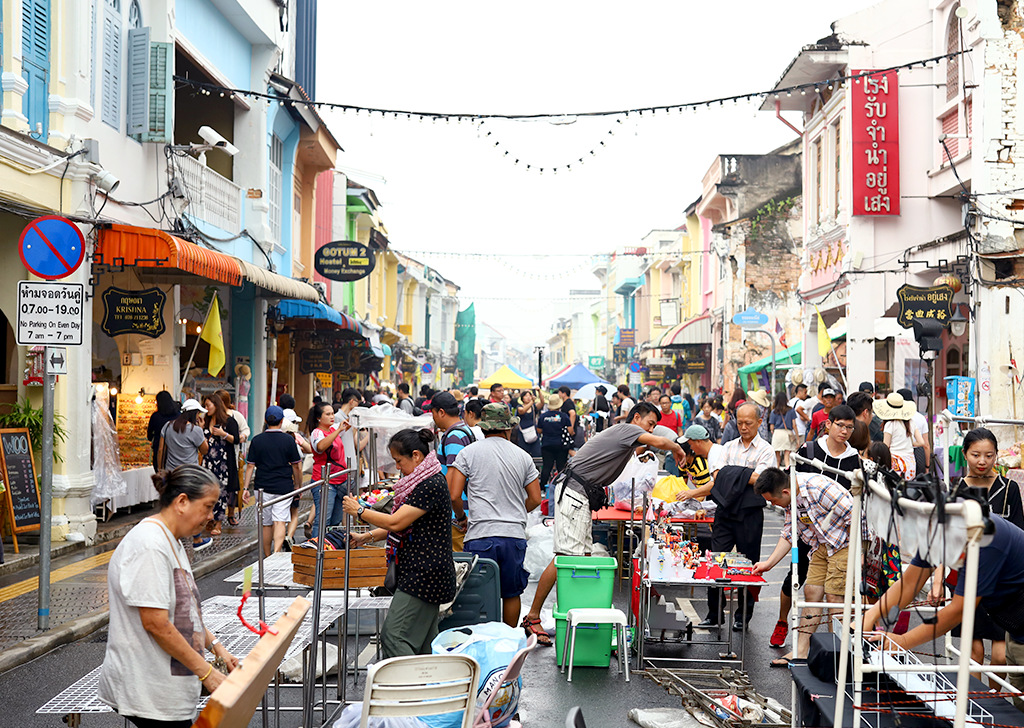
EOS RP, RF50mm f/1.2 L USM lens, f/4, 50mm, 1/250 sec, ISO800

EOS RP, RF50mm f/1.2 L USM lens, f/1.4, 50mm, 1/250 sec, ISO400
1. Give context to your story
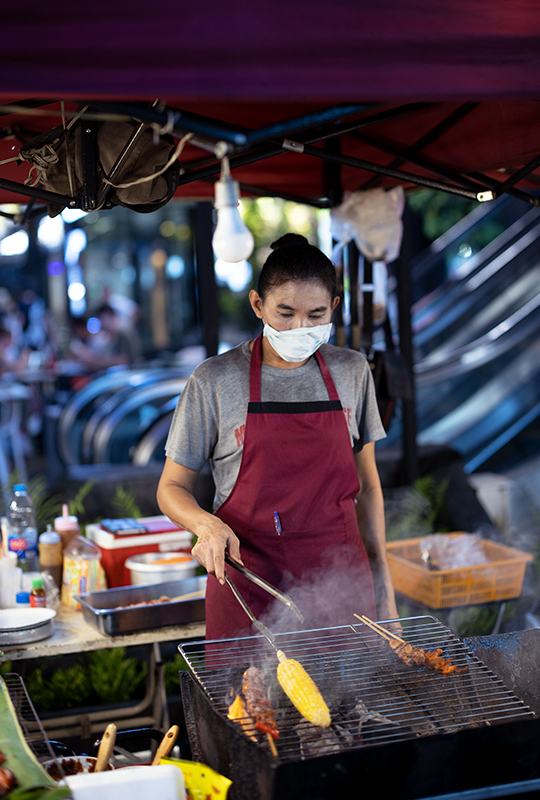
EOS RP, RF50mm f/1.2 L USM lens, f/1.4, 50mm, 1/250 sec, ISO400
Giving context to your food is like telling a visual story to someone looking at your photo. Instead of the food itself, pull your frame a little wider to reveal the people in the stall making the food, the props he/she is using, or the environment. Having a human element in the photo adds depth and a personal touch – the perfect visual storytelling tool.
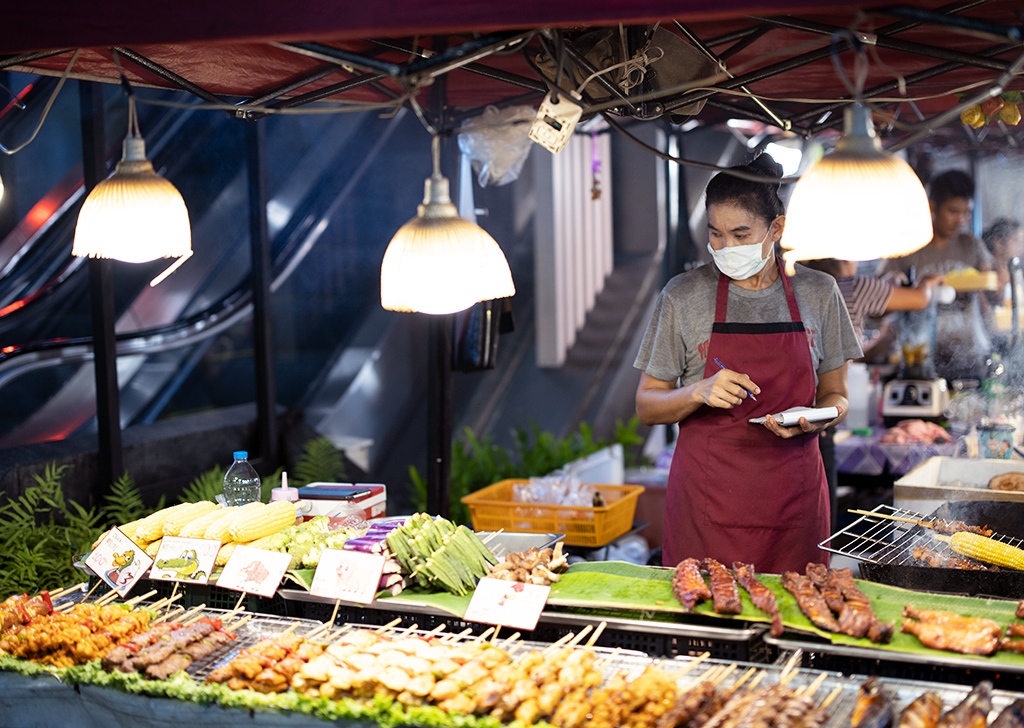
EOS RP, RF50mm f/1.2 L USM lens, f/1.4, 50mm, 1/250 sec, ISO400

EOS RP, RF50mm f/1.2 L USM lens, f/2.2, 50mm, 1/250 sec, ISO800

EOS RP, RF24-105mm f/4 L IS USM lens, f/5, 24mm, 1/100 sec, ISO800
2. The devil is in the details
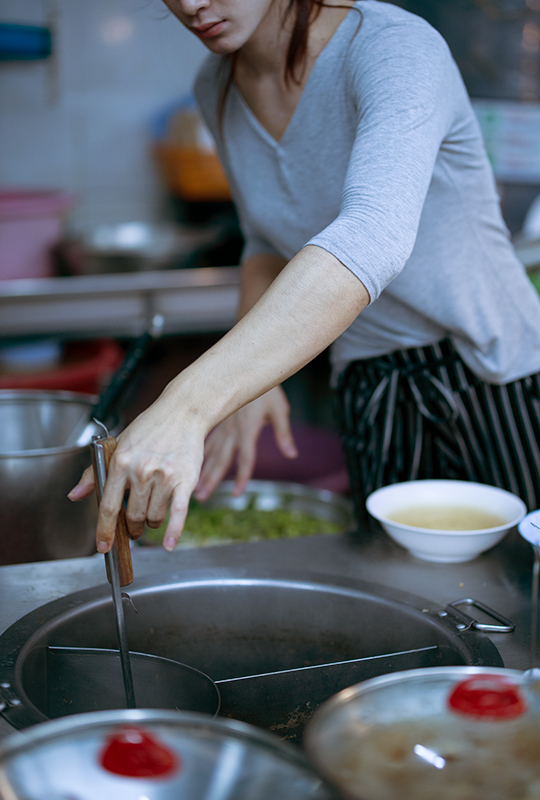
EOS RP, RF50mm f/1.2 L USM lens, f/1.4, 50mm, 1/160 sec, ISO400
A scoop of fish balls or chopping of vegetables in a photo suggests movement. These are the valuable details that you may want to include in your shot. Instead of a person simply standing behind a stall, or a shot of static street food, you can perhaps incorporate actions into your shot to showcase a skill or bring your viewers through a journey. These people spend their days and nights cooking and honing their skills, and it would be a waste not to showcase that.
Alternatively, get really close and fill the entire frame with the food - such as a pot of chopped chilis, which tiny pieces are consistently shaped to create a loosely-defined repetitive pattern. Otherwise, you can focus on the packaging or different parts of the food to provide some context.

EOS RP, RF24-105mm f/4 L IS USM lens, f/5, 85mm, 1/125sec, ISO800
3. Shoot food, and more!
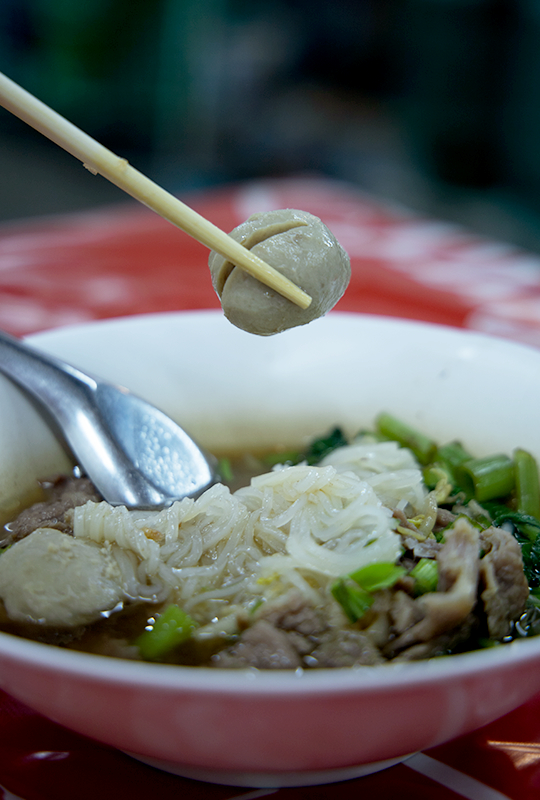
EOS RP, RF50mm f/1.2 L USM lens, f/1.4, 50mm, 1/160 sec, ISO400
Of course, what is street food photography without the food? Add a human touch by picking up an ingredient from the dish, or photograph them while they are still cooking, such as the deep-frying of fish cakes in a wok of sizzling oil. The latter is one of the reasons why one should photograph street food. Think of it this way: How often do you get to photograph someone preparing your food (as one is seldom allowed to photograph a restaurant’s kitchen)?

EOS RP, RF24-105mm f/4 L IS USM lens, f/6.3, 39mm, 1/160sec, ISO800
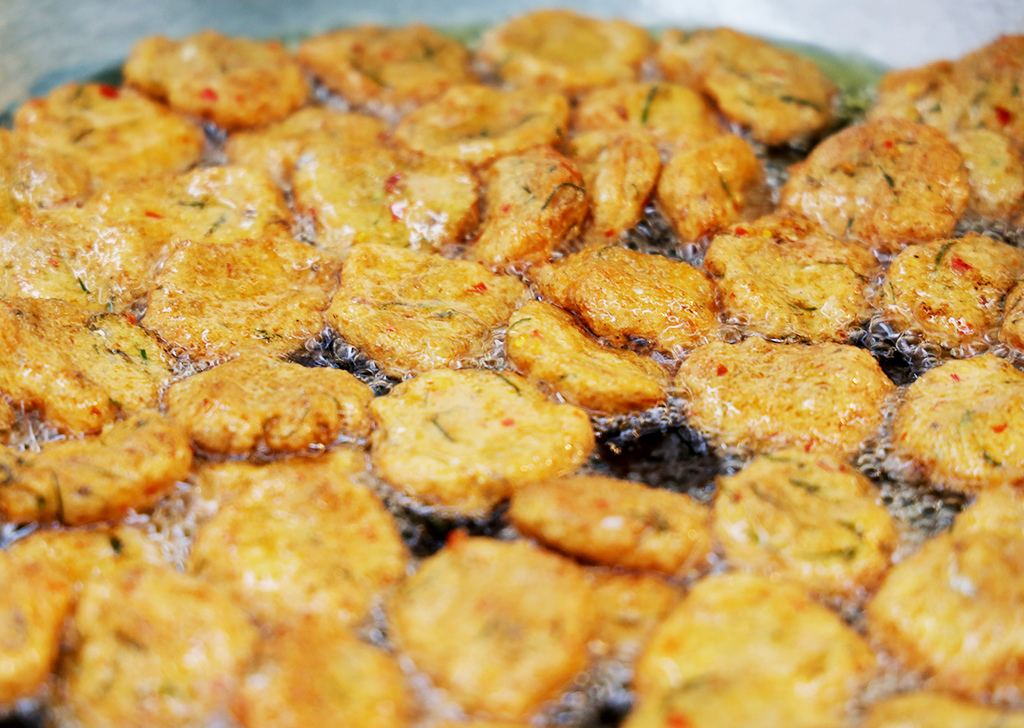
EOS RP, RF24-105mm f/4 L IS USM lens, f/4, 105mm, 1/60 sec, ISO800
Not shooting wide open (low f-stop) on food has its advantages too – consider the above photo, which was shot at f/4, and as a result, it shows more texture of the food than blurring most of it out if it were shot with a wide aperture of f/1.4.
Learn to take beautiful close-up photos of your food with the article Mouth-watering Macro: The Art of Close-up Food Photography.
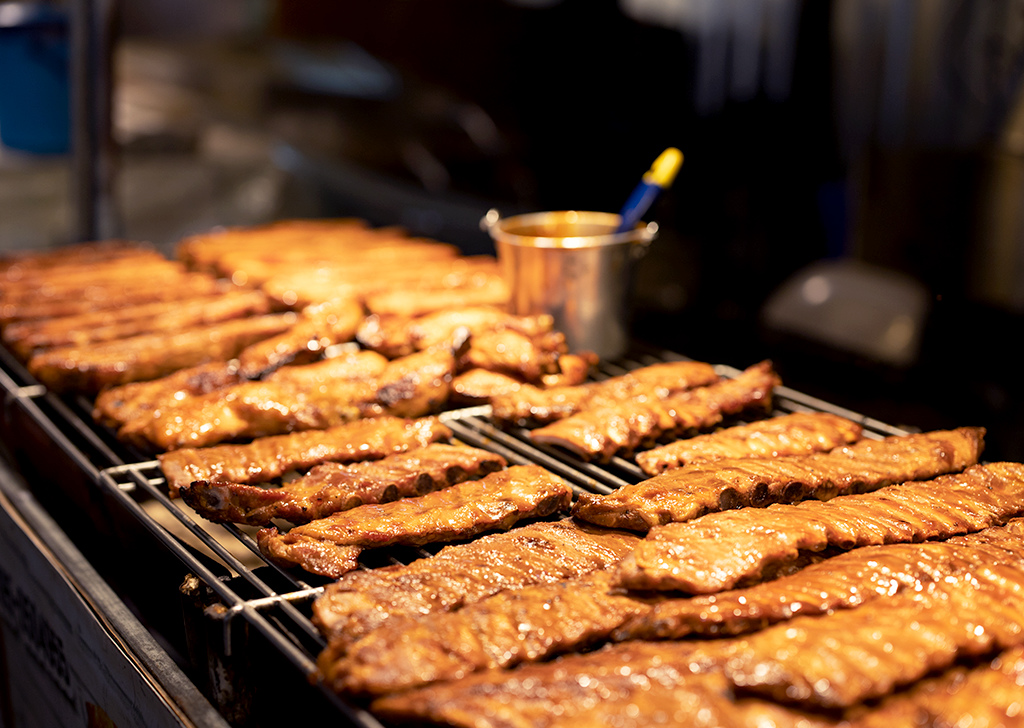
EOS RP, RF50mm f/1.2 L USM lens, f/2, 50mm, 1/320 sec, ISO400
Additional tips:
Find more food photography inspirations:
3 Ways to Elevate Your Food Photography with Canon EOS R
5 Ways To Up Your #Foodstagram Game
Golden Shoe Food Centre: The glittering soul of Singapore’s CBD
Receive the latest update on photography news, tips and tricks.
Be part of the SNAPSHOT Community.
Sign Up Now!
































.jpg)


